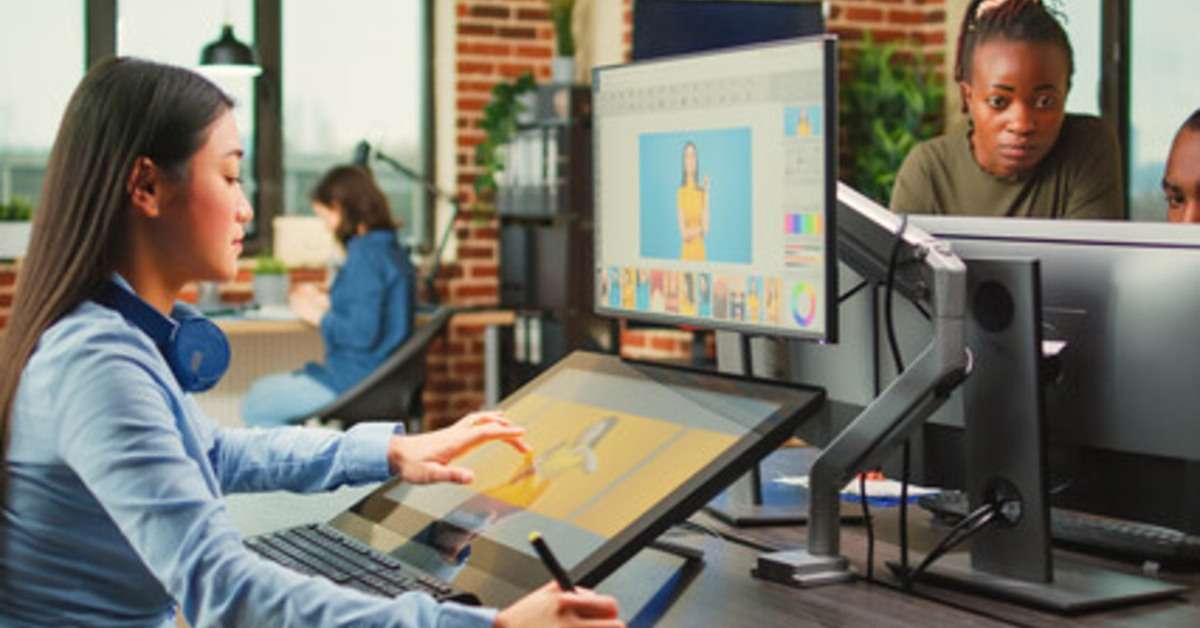
Images and graphics play important roles in your CPG packaging. While there's no specific formula for creating the perfect packaging design, there are certain elements that will make your brand distinguishable from the rest. Here's an exploration of some of the best images and graphics you can use in 2023.
The Purpose of Packaging
Your CPG packaging does more than just contain the product; it also helps sell your entire brand. Because of this, it’s important to communicate with consumers through your packaging design. It should be eye-catching and distinctive to your brand.
Your packaging should tell consumers what the product is and the benefits of buying it. You can do this using a combination of text and images.
Rather than using multiple graphics to communicate with consumers, consider one or two that showcase your brand and the product. This offers a clear view of what they're purchasing.
Consumers base their buying decisions on more than just brand distinction. Per Crowd Spring, “Quality aside, sometimes the flashier, prettier or sexier product (image) wins the day.”
This shows how crucial images and graphics are to packaging design. If consumers aren’t attracted to the CPG packaging, they may not check out what’s inside.
Use High Quality Product Images
When selecting product images for your packaging, make sure they're high quality. Consumers need to see what they're buying, and what better way to show them than with a product image that's clear and easy to see.
The image should also accurately depict the product. Consumers want to know the product they receive looks like the one in the photo. This helps build brand trust and loyalty because they know what they'll get when making a purchase from you.
Use real images. This gives consumers ideas of what to expect from the product. For instance, showing a real photo of a food product will make them hungry when seeing it. Plus, you need to photograph your real food and not use stock photography. Otherwise, that is considered deceptive advertising.
Using real images rather than illustrations creates excitement about a product by showing consumers the actual item instead of an illustration that looks similar. This is an ideal option if your CPG packaging doesn't include a clear window for viewing the product inside.
Show the Product Benefit
Packaging design should include the product benefits to help make the product more attractive to potential consumers. Consumers want to know the benefits of buying a product before they make a purchase, so it's important to communicate these benefits through the packaging design. By doing this, consumers are more likely to be attracted to the product and to consider it as a viable purchase option. Additionally, including product benefits in the packaging design helps to build trust in the brand, as consumers can see the tangible benefits associated with the product.
For example, a food product's packaging design might include a photograph of the product, along with the benefits that it offers. It might include statements such as "Made with only natural ingredients" or "High in protein and fiber" to highlight the nutritional value of the food. Additionally, the packaging design might include an image of a delicious meal that could be made with the product, to show potential consumers how the product can be used.
Include the Right Colors
Packaging design needs to use the right colors to create an emotional connection with potential consumers. Colors can evoke certain emotions, so it's important to select colors that match the brand's values and create the desired emotional response. For example, using bright colors can create a sense of energy and excitement, while using softer colors can create a feeling of calm and serenity. Additionally, using colors that are consistent with the brand's visual identity will help to create a unified brand image.
For example, a food product's packaging design might use colors like green and orange to create a feeling of freshness and vibrancy. This could be combined with a photograph of the product in order to create an emotional connection between the product, the colors, and the potential consumer. Additionally, the packaging design could include imagery that relates to natural ingredients, such as a photograph of a farm or a field of vegetables, to further emphasize the freshness of the food product.
Conclusion
When considering what images and graphics to add to your packaging design, don't forget the unboxing experience. Consumers enjoy opening their new products and often make videos of themselves doing so.
Overall, images and graphics play an important role in Consumer Product Goods packaging. They help to create a recognizable brand identity and attract potential consumers. Additionally, they help to communicate the product benefits, evoke certain emotions, and create an emotional connection with the consumer. By carefully selecting the right images and graphics, brands can create packaging designs that stand out from the competition and draw in potential customers.
PKG Brand Design is always at the forefront of new CPG branding and packaging initiatives. Subscribe to our blog for the latest package design industry news!


-min-1.png)

.webp)


